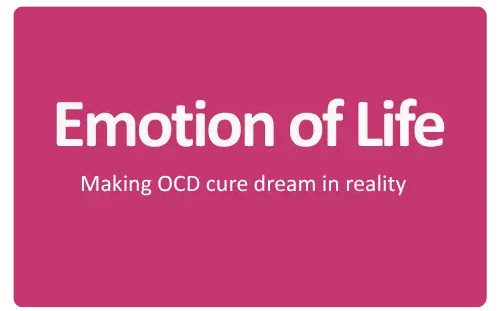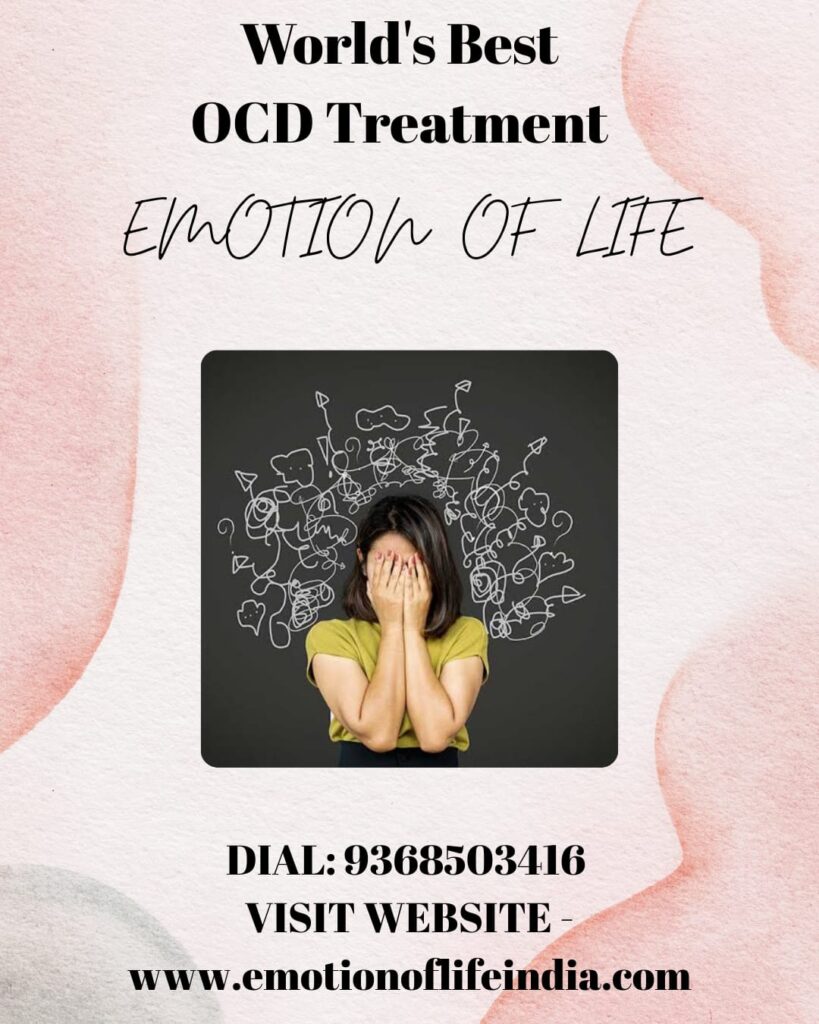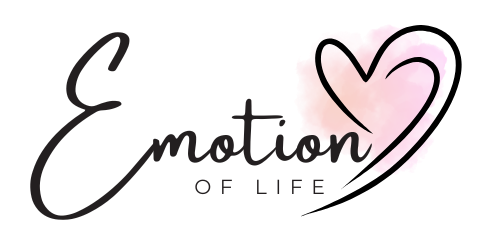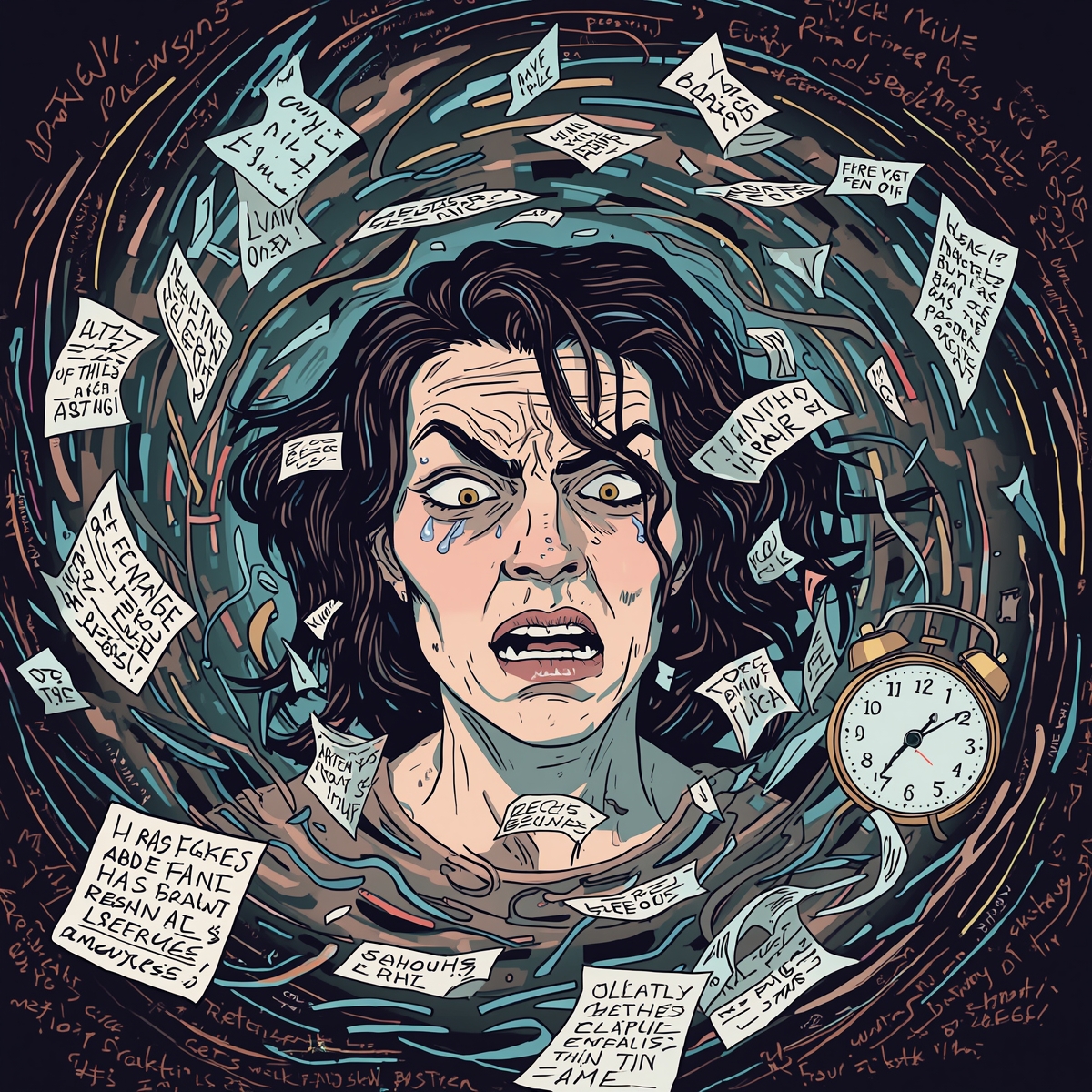Difference Between Anxiety and OCD Living with emotional distress, constant worries, or repetitive thoughts can be overwhelming. Many people confuse Anxiety with Obsessive–Compulsive Disorder (OCD) because both involve fear, overthinking, and mental discomfort. However, while anxiety is about worry and nervous tension, OCD is driven by intrusive thoughts and compulsive behaviors. Difference Between Anxiety and OCD. At Emotion of Life – OCD Treatment, Research & Training Institute, we work with thousands of clients globally who initially believed they just had “anxiety,” when in reality, the underlying struggle was OCD. Understanding the difference is the first step toward correct treatment and recovery.
Difference Between Anxiety and OCD What is Anxiety:
Anxiety is a natural psychological response to stress, uncertainty, or perceived danger. Everyone experiences anxiety, but it becomes a disorder when it is persistent, intense, and interferes with daily life.
Common Symptoms of Anxiety: Difference Between Anxiety and OCD
- Excessive worry about the future
- Physical tension, tight chest, or restlessness
- Overthinking outcomes or “what if” situations
- Difficulty in relaxing or sleeping
- Racing thoughts that feel hard to stop
Key Feature: Thoughts in anxiety feel realistic but exaggerated.
What is OCD (Obsessive–Compulsive Disorder):
OCD is a disorder in which a person experiences intrusive, unwanted, repetitive thoughts (obsessions) that create fear and distress. To reduce this distress, they perform repetitive behaviors (compulsions).
Common Symptoms of OCD:
Intrusive unwanted thoughts (“What if I harm someone?”, “What if I get infected?”)
- Performing rituals to feel safe (washing, checking, seeking reassurance)
- Difficulty stopping mental rituals like analyzing, neutralizing thoughts
- Awareness that fears are irrational but still feeling “forced” to act
Key Feature: Thoughts in OCD feel unwanted, not logical, and do not match personal values.
Difference Between Anxiety and OCD: Comparison Table
| Feature | Anxiety | OCD |
|---|---|---|
| Nature of Thoughts | Realistic worries | Unwanted intrusive thoughts |
| Core Emotion | Worry & Stress | Fear + Guilt + Doubt |
| Control Over Thoughts | Thoughts feel hard to stop but understandable | Thoughts feel foreign, intrusive, and disturbing |
| Behaviors | Avoidance, hypervigilance | Compulsions (checking, washing, mental rituals) |
| Main Purpose of Behavior | Reduce tension | Neutralize or escape obsessive fear |
| Person’s Awareness | Believes worries are possible | Knows thoughts are irrational but feels forced to act |
Why OCD is Often Misunderstood as Anxiety:
Because both involve overthinking, many clients initially receive only anxiety-focused counseling or medication, which may reduce symptoms temporarily but does not stop the obsession–compulsion cycle. To treat OCD, the therapy must directly target compulsions and build tolerance to uncertainty.
How Thoughts Differ in Anxiety vs OCD
| Example Scenario | Anxiety Thought | OCD Intrusive Thought |
|---|---|---|
| Family Safety | “I hope my family stays safe while traveling.” | “What if I cause an accident by just thinking wrongly?” |
| Hygiene | “I should wash my hands before eating.” | “If I don’t wash 7 times, something terrible will happen.” |
OCD thoughts attack values, identity, and morality. This is what makes them distressing and frightening.
How Anxiety and OCD Are Treated Differently:
Anxiety Treatment May Include:
- Relaxation training
- Stress management
- Breathing exercises
- CBT-based cognitive restructuring
OCD Treatment Requires:
- Cognitive Behavioral Therapy (CBT)
- Exposure and Response Prevention (ERP)
- Response Prevention Training
- Compulsion Interruption Techniques
- Mindfulness & Uncertainty Training
Medication may help stabilize symptoms in some severe cases, but OCD does not cure with medication alone.
Emotion of Life – 16-Step OCD Recovery & Cure Program (Without Medicine)
At Emotion of Life, our recovery model is structured, daily-supported, and practically results-focused.
| Step | Stage Name |
|---|---|
| 1 | Clinical OCD Assessment & Severity Scaling |
| 2 | Psychoeducation: Understanding Your OCD Type |
| 3 | Breaking the Fear-Compulsion Cycle Framework |
| 4 | Identifying Triggers and Intrusive Thought Patterns |
| 5 | Compulsion Mapping & Response Style Analysis |
| 6 | Setting Recovery Intent & Commitment |
| 7 | ERP Hierarchy Design (Personalized) |
| 8 | Daily ERP Exposure Sessions (Guided) |
| 9 | Response Prevention & Tolerance Training |
| 10 | Habit Deconditioning & Brain Pathway Rewiring |
| 11 | Cognitive Restructuring & Belief Correction |
| 12 | Emotional Resilience and Identity Strengthening |
| 13 | Lifestyle & Sleep Optimization |
| 14 | Mindfulness for Uncertainty Acceptance |
| 15 | Real-Life Environment Practice & Habit Reintegration |
| 16 | Graduation, Relapse Prevention & Long-Term Independence Plan |
Our approach focuses on curing the root, not managing symptoms.
Recovered Client Review (From Emotion of Life Community)
“Before joining Emotion of Life, OCD had taken control over every moment of my life. I used to wash my hands more than 200 times a day and lived in fear. Within weeks of structured ERP and daily support, the mental pressure started decreasing. My recovery felt real and permanent. Today, I live freely, confidently, and without medication. Emotion of Life didn’t just treat me; they gave me my life back.”
Recovered Client, Mumbai
Realistic OCD Recovery Success Stories
- Contamination OCD – Age 27, Pune
Was washing hands 80–120 times a day.
Completed ERP hierarchy in 12 weeks.
Returned to workplace confidently.
Now living free without compulsions. - Harm OCD – Age 32, Bangalore
Terrified of harming family due to intrusive images.
Learned intrusive thoughts ≠ intentions.
Regained emotional stability & family bonding.
No compulsions now. - Checking & Reassurance OCD – Age 19, Delhi
Repeatedly checking locks, gas, messages.
ERP + response prevention reduced checking from 70 times to 2 times a day → then zero.
Confidence restored. - Relationship OCD – Age 24, Toronto
Constant doubt: “Do I love my partner enough?”
Recovered through tolerance training & core belief correction.
Healthy relationship now, panic-free.
FAQs
- Are Anxiety and OCD the same?
No. Anxiety involves worry, while OCD involves intrusive fears and compulsions. - Can OCD be cured permanently?
Yes, through structured CBT + ERP + response prevention. - Does medication cure OCD?
Medication may support, but does not cure compulsions. ERP is essential. - Is ERP difficult?
ERP is challenging but highly effective with therapist guidance. - Can OCD return after recovery?
With relapse-prevention strategies, individuals stay independent and stable. - Is online therapy effective for OCD?
Yes. Most of our recovered clients complete therapy online. - How long does recovery take?
Most clients show strong recovery in 8–16 weeks depending on severity.
Conclusion:
Understanding the difference between Anxiety and OCD is crucial for receiving the right treatment. Anxiety involves stress and worry, while OCD involves intrusive thoughts and compulsions that feel impossible to stop. At Emotion of Life, we offer a scientifically structured, non-medication-based OCD Recovery and Cure Program that focuses on rewiring the brain and breaking the fear compulsion cycle. You are not alone. OCD is treatable. Recovery is possible.
Contact: Email: info@emotionoflife.in
Phone/WhatsApp: 9368503416 Call for Initial Discussion
Emotion of Life — OCD Treatment, Research & Training Institute. Lead Specialists: Shyam Gupta & Pratibha Gupta. We treat 70+ OCD subtypes and specialize in complex, chronic, and treatment-resistant cases. Non-medication recovery using CBT, ERP, and holistic wellness integration.
Book Now | Review | OCD Types | Our Experts | Success Stories| Contact Us| MyPsychologist










